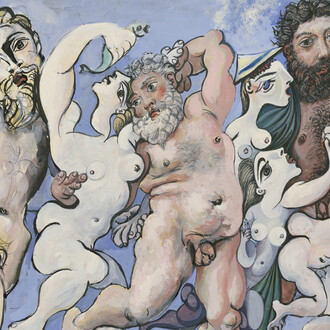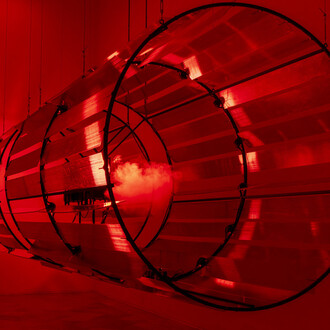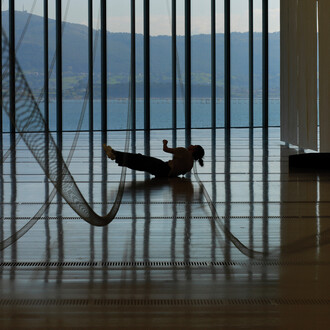I believe nothing is more abstract and unreal than what lies before us1.
When we speak of the meaning pursued by an artistic project aiming to convey aspects related to the life of its creator, we undoubtedly find the elixir of abundance directed toward knowledge. Everything becomes understandable, and it is immensely pleasurable. Also because receiving images, textures, colors, and scents that satisfy us brings calm—and Concha Ybarra (Seville, 1957) achieves all of this.
Coherence, perseverance, and unceasing innovation go hand in hand in the work of this artist, whose process—and results—are in constant bloom. Her practice adapts and flourishes through an honest method based on the ability to find breath, encouragement, and purpose in what she lives, in what she has at hand, in memory, in what has been learned and absorbed.
Honoring memory, Concha’s works are always a sensitive amalgam that combine the value she gives to artworks that have marked her life, the landscapes she remembers, the sensations she has perceived, and the experiences she has gone through, with a celebration of the joy she finds in creation and her innate ability to elevate the isolated, minute element through its incorporation into her world.
On a material level, this exhibition includes painting, ceramics, and drawing. In formal terms, various formats and supports demonstrate the artist’s versatility. Her paintings—on paper, burlap, canvas, and sackcloth—feature appliqués of embroidered thread, velvet, lace, or tassels. These adornments are not only a novelty in her work, but also symbols of refinement, cultural identity, and spirituality. Yet this is reflected not only in the added ornamentation, but also in the feigned: among these pieces we see fictitious mosaics and simulated pearls.
New ways of understanding painting—as expanded, if one wishes to work from a careful perspective—are grounded in tradition. The Hegelian Geist, Sevillian version: how a contemporary artist creates from history, legacy, and custom. Tradition and the individual talent, or how lightness can demonstrate that, between the fleeting and the immutable, the codes of contemporary visual experience are renewed.
And in this exaltation of fragility—like a metaphor of herself—timidity and boldness join hands to produce a result that is always innovative, always beautiful, in every part and in every whole. For, returning to this symbolic universe, in Concha’s works materials and techniques, memories and affections, knowledge and rituals intermingle—marked profoundly by her delicacy, her education, and her sensitivity. But also by her origins, for in these new pieces one senses an arrival at her dreams: tapestries, ever-present in her life; the handcrafted needlework at which her mother excelled; the creative sensibility of her aunt, a painter; the talent of her sister, the textile designer Coqui Ybarra... among many other stories yet to be woven.
(Text by Patricia Bueno del Río)
Notes
1 This phrase derives from the circumstance that brought together two important artists professionally: Joel Meyerowitz and Morandi. When Meyerowitz went to photograph Morandi’s studio, he noticed the carefully arranged objects and described seeing them as painted with oriental subtlety, the afternoon light, and a silent eloquence.










![Saul Steinberg, The museum [El museo] (detalle), 1972. Cortesía del Museo de Arte Abstracto Español](http://media.meer.com/attachments/dfbad16c22c5940b5ce7463468ac8879f3b4bf23/store/fill/330/330/042ecf3bcd2c9b4db7ddbc57cb32e950c095835f7b5cd55b6e1576a6e78c/Saul-Steinberg-The-museum-El-museo-detalle-1972-Cortesia-del-Museo-de-Arte-Abstracto-Espanol.jpg)


